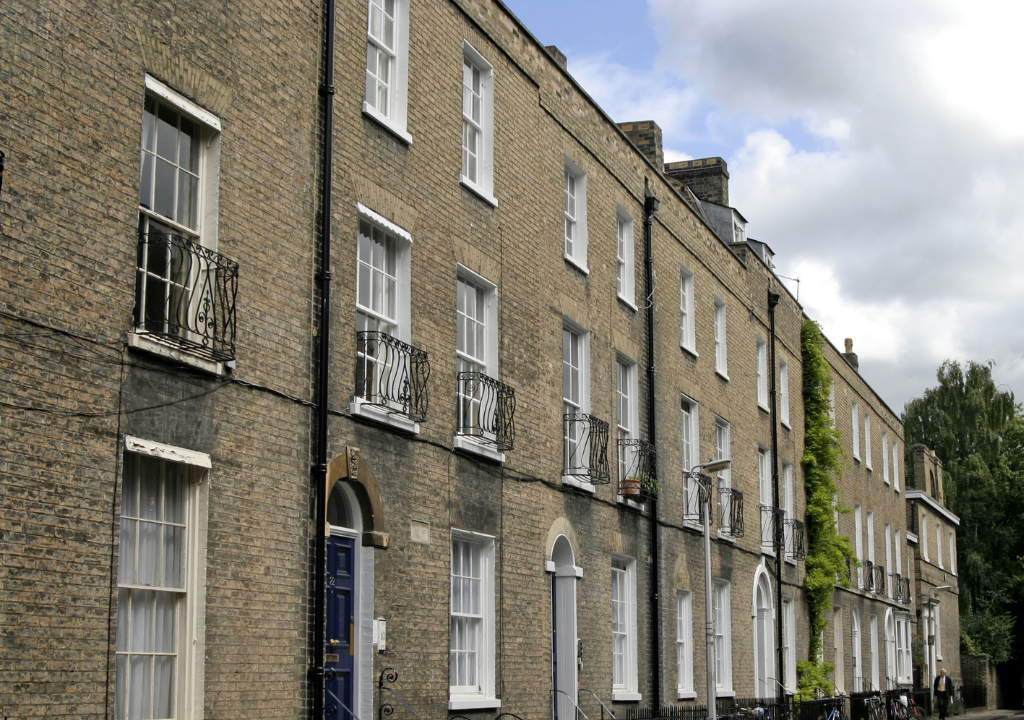Your Business and Industry
What’s the appeal of HMOs?
The property type that’s risen in popularity for high yield and low voids is the natural result of this economic landscape

Since the 2015 summer budget announcement of the proposed tax changes, the buy-to-let market has had to endure its fair share of regulatory changes.
Ranging from the extra stamp duty levy as well as the introduction of section 24 of the Finance Act 2015, meaning that over the course of 4 years, landlords rent was no longer able to enjoy the same tax relief as it once did, and for those who were higher earners and/or with a larger portfolio, this would mean that the rent received would be taxed at the higher bracket also.
This in turn created a huge trend towards buy-to-lets being remortgaged and purchased via a limited company, so that landlords’ rental income would only be subject to corporation tax and as a result, generally professionalised the sector as landlords operated their portfolios more like businesses. Another consequence of the PRA changes was the need and importance of rental yield to finance property transactions; this naturally meant landlords were and are still actively looking to diversify their portfolios by holding different assets, one of which has become increasingly popular, HMOs.
HMOs typically drive a better yield, findings from a recent BDRC report found that HMOs were moderately high on yield with an average of 6.2%. This is driven largely down to demand: house prices have seen a c.10% growth year-on-year and average incomes haven’t been able to keep up which means fewer people leaving rentals to buy. The average age of an FTB is now 32 (Halifax), and for many, a rented room is the answer to freedom and employment mobility, affordably.

As well as driving typically a larger yield, it is also more resilient to rental shortfalls, e.g. if a 4 bedroom single family dwelling property is let for £1000 a month and they move out and the landlord is unable to fill, then they’ll receive £0; if that same property could be let as a 4 HMO and was being charged at say £500 a room, then the landlord would only need 2 of the 4 rooms to be let to break even as to what they would have had letting to a family. These numbers are simplistic but paint the picture of why HMOs are becoming more popular to both tenant and landlord.
As with most things, nothing good ever comes easy and that is also true for HMOs, as with the raft of regulatory changes in the BTL market, HMOs are subject to these and more.
For more information, find out here
Halifax: https://www.lloydsbankinggroup.com/assets/pdfs/media/press-releases/2022-press-releases/halifax/20220122-halifax-annual-ftb-review-2021.pdf
FOR INTERMEDIARIES ONLY



